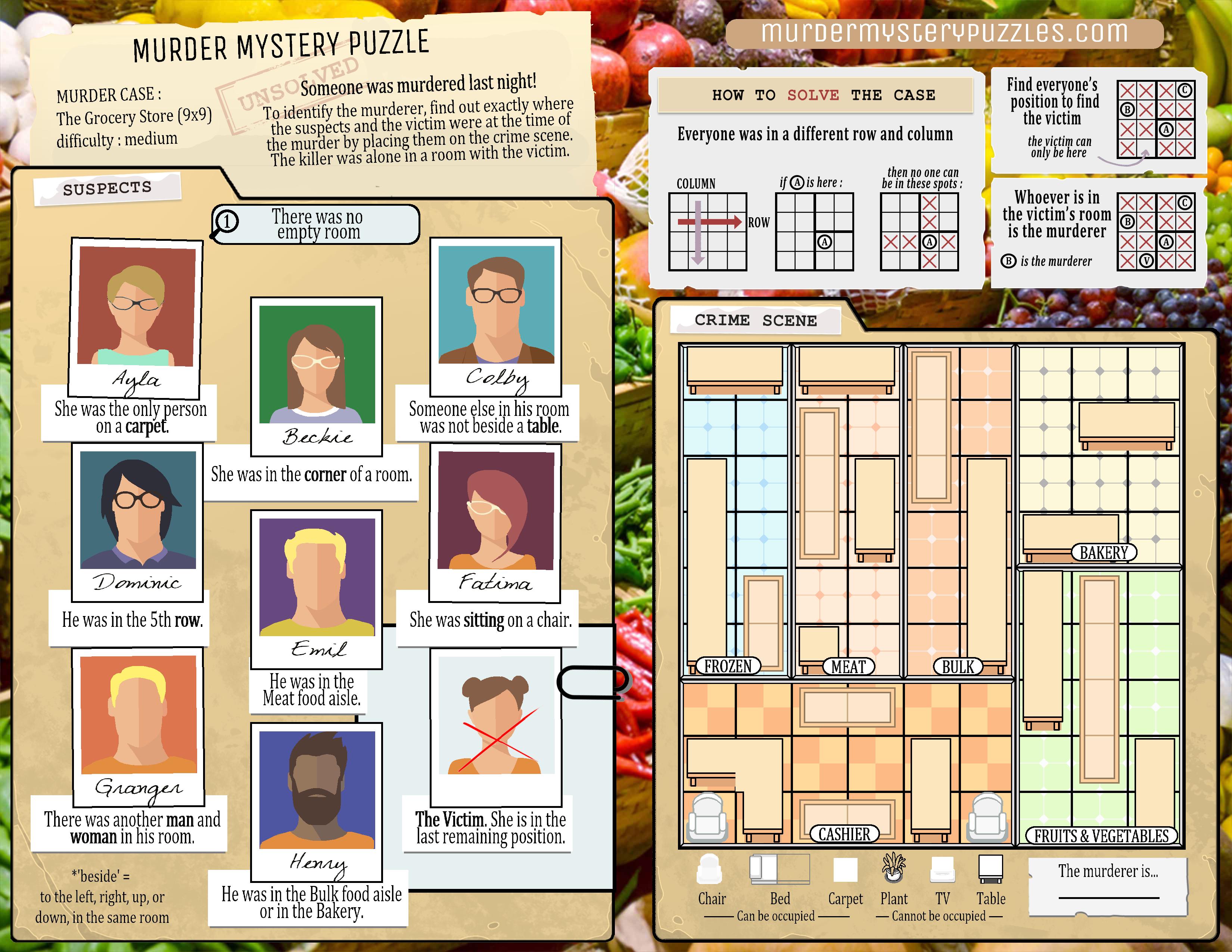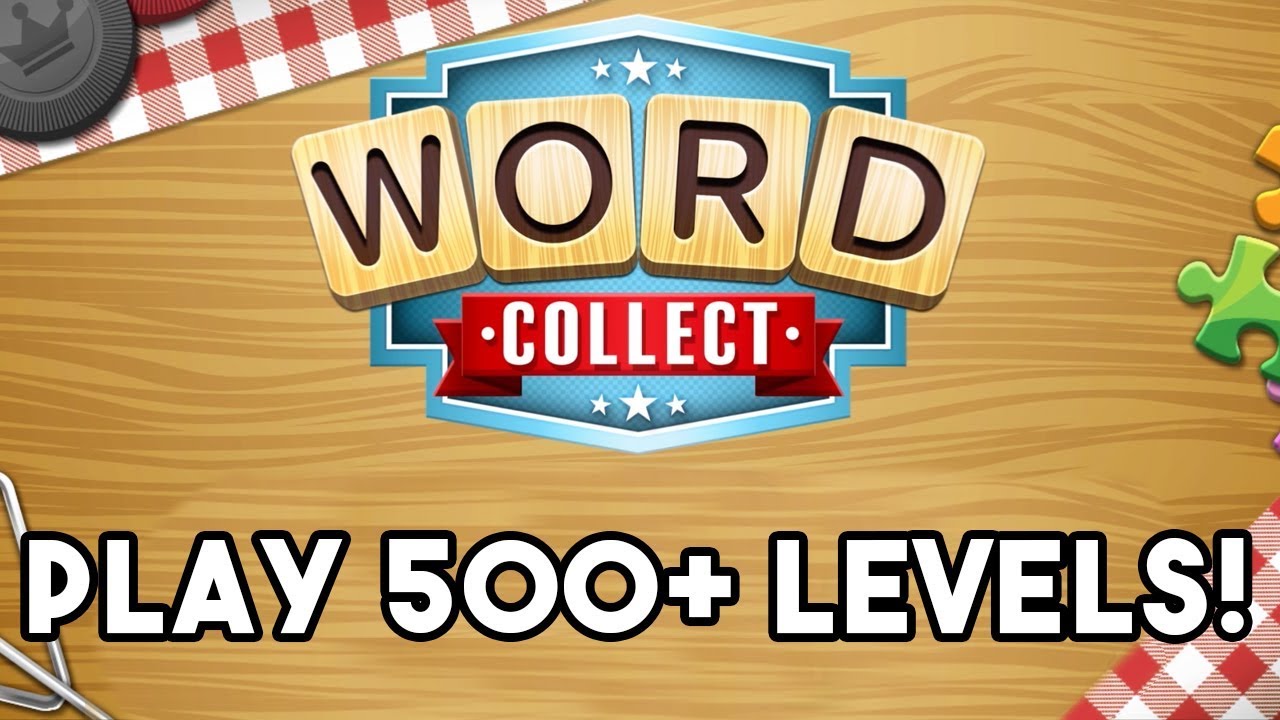
Casting on allows you to add new stitches to your knitting project without having to depend on the previous ones. This is unlike binding, which relies on the previous row of stitches, and has an independent lower edge. There are many ways to cast on knitting, and this article will teach you two of the most common methods. You should be able cast on and knit a scarf, or sweater in no time.
Cast-on knitting techniques
Cast-on knitting techniques are a family of stitches added to the work without relying on earlier stitches. Cast-on knitting is different from binding off because it has a separate lower border. Learn how to cast off by reading the following instructions. You'll find many useful tips in this article! Choose a pattern that is easy to understand and follow. Practice!

The knitted casting-on technique is one of most simple for cast-on knitting. This method involves knitting into the loop created by the slip knot. It is similar in principle to the cable cast on, but you will need two stitches to complete your row. Although this method is easy to master, it can be difficult to master. To make your cast-on edges smooth, remember to keep the knitting needles close together while you work.
German Twisted knitting cast-on techniques
The German Twisted cast on can be used to knit super-stretchy edges. This technique is similar to the Long Tail Cast On, but incorporates extra yarn. This technique works well for creating pullovers. This technique can also be used to knit sweaters and socks. This article will teach you how to cast-on. Below are some tips and tricks.
First, be aware that the German Twisted Cast-On requires 20 times as many stitches to make than it does for 20. A tail that is long enough to be woven in will be necessary. For a medium-sized project, you will need 2.5 times as many wraps. 50 wraps is the norm for each 20 stitch. For later weaving, leave enough tail. In Germany, German knitters refer to the German Twisted Cast-On as "Verschrankter Deutscher Anschlag" or "German Knitting Technique." They call themselves knitters in English.
Techniques for long-tail knit-on casting
Long-tail cast on knitting is a popular technique that makes use of two strands. This technique allows you to cast on by measuring the length of your work yarn and leaving a tail. If the tail is excessively long, cut it. Then unravel the cast on. The tail is what secures the working yarn. You can join the strands together once you are done knitting.

A long-tail knit-on is like knitting with a slip-knot. Once you have joined the yarns together pull the yarn through your slip knot and keep knitting. If the yarn becomes tangled, the cast on is too loose. A dangling tail can result in loose loops which are not secure. Although it is easiest to cast on knitwise, you can also do it purlwise. To cast on, make a 4" tail on each needle and tie a slip knot. This knot does NOT count as a stitch.
FAQ
What are some hobbies that you like?
Hobby Ideas for those who love to teach and learn.
Hobbies allow you to enjoy what you love while also learning new things.
There are many hobbies. But they all share similar characteristics. These are fun, easy activities that cost little and don't take too much effort.
These include working with others to teach someone how to use an instrument or build an airplane.
Although you might not consider yourself a teacher, there are likely things you can do to help others learn.
If you're looking for more creativity in your life, think about starting a hobby so you can share your talents with others.
What does it cost to have a hobby?
Time is all that's required to make a hobby a success. But it could take years to achieve what you want if you are serious about it.
But there is one thing that can help you. It's called 'passion.' If you have passion for whatever it is you do, you will find it easier to put in the hours required to make progress.
After you've put in hours, you might become addicted. This is where the real fun begins. Because now you are doing something you enjoy, and you are getting better at it all the time. So by the end of the year, you will probably have made quite an improvement.
It doesn't matter how long it takes. Try it! You might be surprised by what you find!
What is observation hobby?
Observation hobbies allow you to observe others doing the same thing. These hobbies could include reading books, watching sports, or going on vacation. It could also include observing others.
It's great to have observation hobbies because it helps you think creatively. You can use this knowledge later when you're working on projects for yourself or others.
You'll discover that it's easier to learn if there's a passion for something.
If you're interested in football, for instance, you could watch it or read a book. Visit or take photographs to learn more about the art of photography.
If you enjoy playing music, you could play along to songs online or buy a guitar.
If you love cooking, you can either cook your meals at home or order from a local restaurant.
You could also grow flowers or vegetables if you enjoy gardening.
You could take a class or go out dancing with your friends if you enjoy dancing.
If you like painting, you could paint pictures.
You could also write poems or stories if you enjoy writing.
You can draw pictures if your passion is drawing.
If you have a passion for animals, you might be able to look after them or work in a zoo.
If you like science, you could study biology, chemistry, physics or maths.
History lovers can watch films, read books or listen to podcasts.
If you enjoy traveling, you can travel around the world or just explore your own area.
Statistics
- Much of this decline reflects the fact that teens are less likely to work today than in the past; among employed teens, the amount of time spent working is not much different now than it was around 2005. (pewresearch.org)
- In comparison, men in the “no humor” condition were refused 84.6% of the time and were only accepted 15.4% of the time. (time.com)
- Studies show that just six minutes of reading can reduce stress levels by 60 percent. (oberlo.com)
- I am 100% biologically a woman (discover.hubpages.com)
- This 100% accurate personality-analyzing hobby quiz discovers your passion based on your characteristics. (quizexpo.com)
External Links
How To
How to begin woodworking
Woodworking is possible in many ways. There are three options for woodworking: power, hand, and a combination of both. Drills, sanders and routers are the most commonly used tools.
Once you've decided on the type of project that you want to tackle, you can choose the right tool. A table saw, drill presse, router, jigsaw and band saw are all options if you're planning to make furniture. If you are building a cabinet or picture frame, all you need is a circular saw and mitersaw.
You can always ask the staff at your local hardware store to help you choose the right tool for you. You can also visit websites that specialize in this hobby. They usually offer tips on how to buy the best tools for the job.